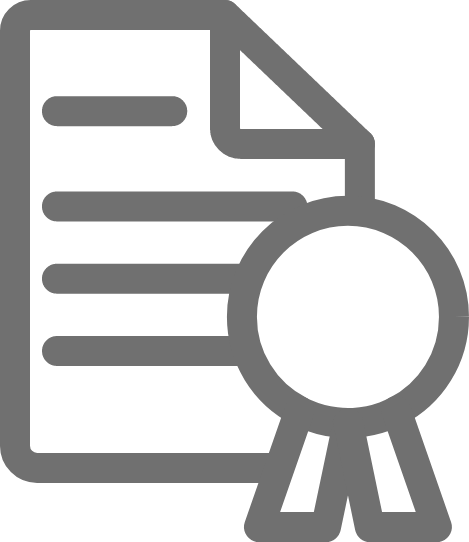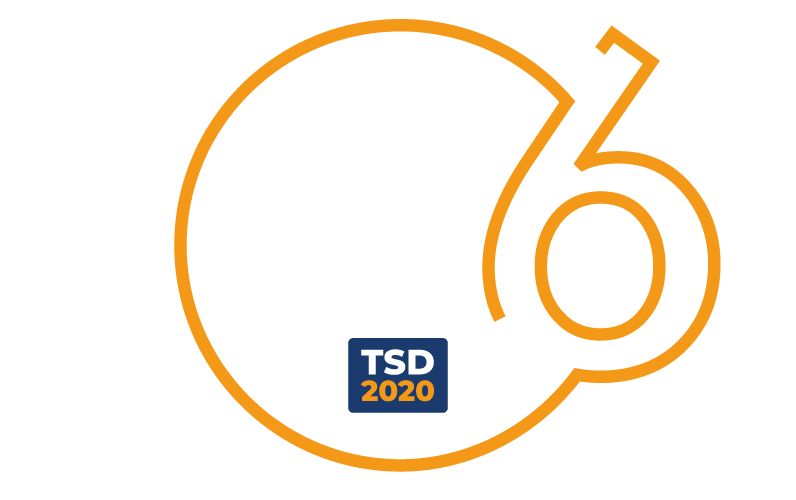
Digital transformation brings a huge societal transformation and requires each person to be well equipped with strong digital skills. Educational Robotics (ER) is a powerful tool that helps develop the digital literacy. However, this technology can do much more than foster digital skills. In fact, by combining the computational power of ER kits with the long-standing achievements in the field of Educational Data Mining and Learning Analytics, the challenge of assessing learners’ behaviors and performances during ER activities is finally addressed. The independent functional blocks of ER kits can track and report learners’ interactions with the kit during the exercise. Interactions can be analyzed by means of adequate AI algorithms and then visually presented to the teacher, educator, trainer or researcher.





















